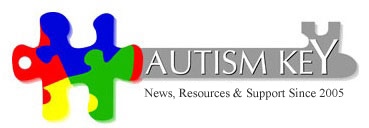
Autism Masking
How would you feel if every single action you took had to be carefully self-monitored? What if you had to hide pieces of yourself in order to “blend in” and conform to the societal norm? The very thought of these issues would be exhausting.
This is a reality for many autistic people and although it is talked about within the autism community, it is not addressed nearly enough.
Essentially, masking is a social strategy of gaining some sort of self-awareness over oneself and camouflaging certain aspects that come with being autistic. Examples of masking behaviors include monitoring facial expressions and body language, attempting to maintain forced or faked eye contact, “scripting” (pre-planning talking points before a conversation takes place) and holding back stimming in public. Masking can be severely draining for an autistic individual, although it may feel necessary for them in situations where they feel they need to fit in or feel safe. Perhaps due to the fact of pressures on women to fit into society, masking is much more common among girls, although anybody can adopt the tendency to mask.
What sort of conditions could provoke masking?
A relatively recent study demonstrated that there is a certain three-stage model to masking: motivation, masking and consequences. Masking can start when an autistic person realizes in a situation that something important hinges on them being perceived as neurotypical. This can include attempting to fit in among peers or feeling safe in an environment where neurodiversity isn’t understood. In order to “pass” as neurotypical, one may learn social cues from their favorite media or observe and mimic social interactions of the people around them.
As for the consequences, masking can lead to incredible distress over a prolonged period of time, including stress and anxiety. A phenomenon known as “autistic burnout” can also occur leading to extreme overload and exhaustion. In order to minimize the harmful effects of masking, a sense of understanding must be achieved in our society. Neurodiversity must be accepted, understood and accommodated for.
Autism Awareness Month is a great time to spread awareness on issues within the community that are often under-reported.
Because no two autistic people are the same, it’s important to recognize the broad scope of issues throughout the autism community and educate ourselves to be better advocates and voices for autism.
